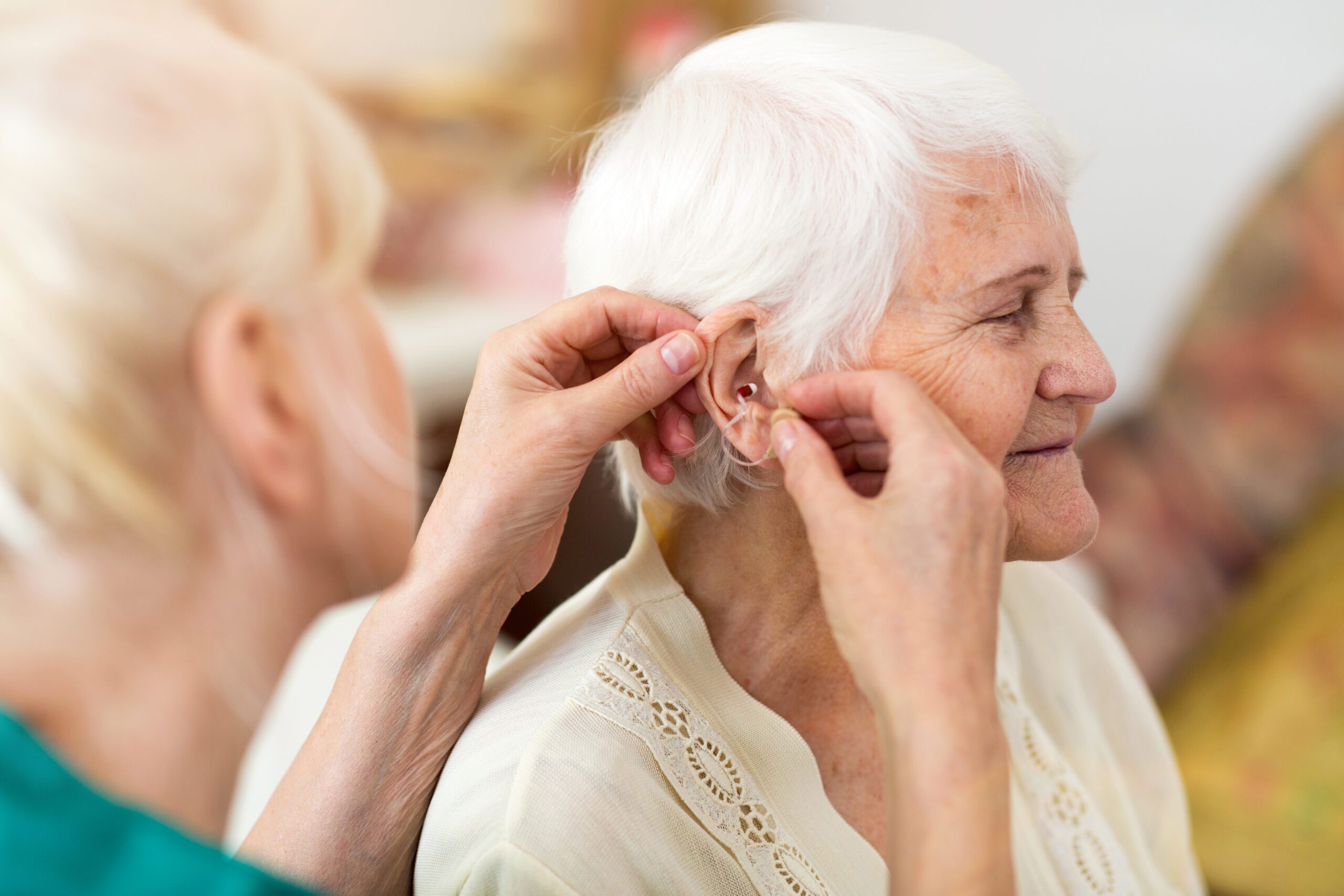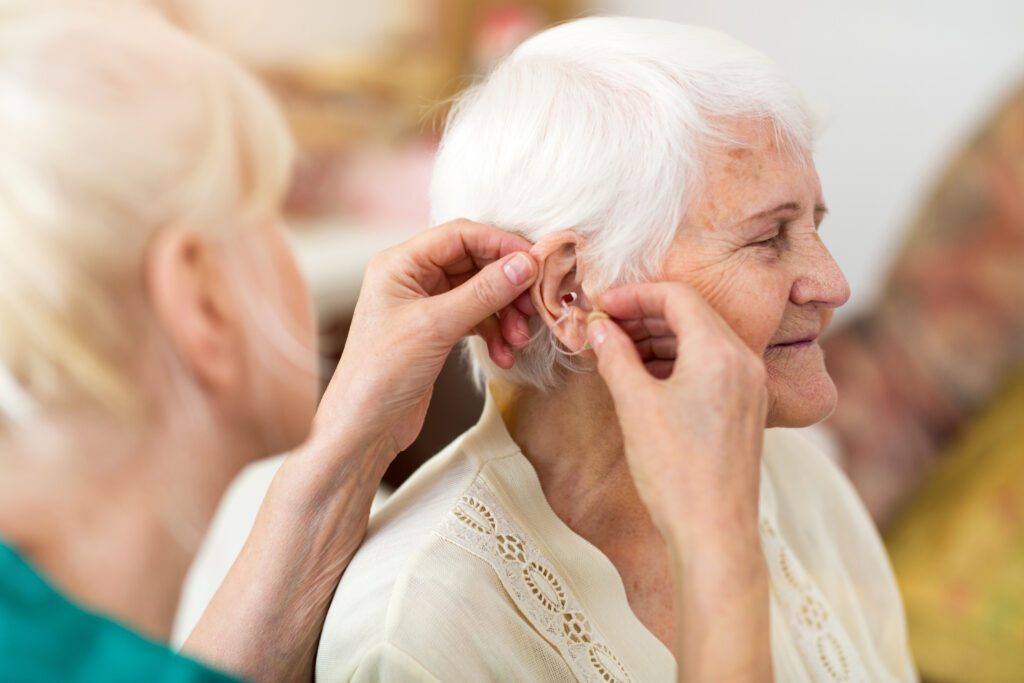Many people rely on hearing aids daily, yet few of us stop to think about what’s inside them. We expect them to work flawlessly—enhancing sound, blocking out noise, and lasting all day on a single charge.
But without understanding the materials and technology behind these devices, you might overlook what sets one product apart from another. Not all hearing aids are made the same—especially when it comes to durability, comfort, and audio performance.
That’s why I want to walk you through what hearing aids are made of, how each component works, and what makes a high-quality hearing device stand out from the rest.
What are hearing aids made of?
Hearing aids are made of advanced microelectronic components, durable plastics or acrylic shells, silicone ear tips, and protective coatings. They also include sound processors, microphones, receivers, batteries, and Bluetooth chips, all housed in a skin-safe, impact-resistant casing.
Understanding each material and its function helps you choose a product that suits your needs, whether you’re after comfort, power, or long-term durability.
What is the outer shell of a hearing aid made of?
The outer shell, often called the housing, is typically made of medical-grade acrylic, polycarbonate, or ABS plastic. These materials are lightweight, hypoallergenic, and durable.
Generally speaking, high-end hearing aids also feature UV-resistant and impact-resistant coatings, which help them last longer and protect against moisture, sweat, and daily wear.
Some in-the-ear models are custom molded to fit perfectly, using biocompatible acrylic that ensures safety for sensitive skin.
What materials are used in the internal circuitry?
Inside the shell, a hearing aid is powered by miniaturized electronic components. The core includes a DSP (Digital Signal Processor) chip, microphones, a receiver (speaker), and amplifiers.
These components are mounted on a printed circuit board (PCB), which is usually made of fiberglass-reinforced epoxy.
Every piece is designed for energy efficiency, low power consumption, and high-speed audio processing, enabling the hearing aid to adjust sound in real time.
What is the microphone made of?
The microphone in a hearing aid is usually a MEMS (Micro-Electro-Mechanical System) or electret condenser microphone.
These are made from silicon wafers, metal diaphragms, and thin-film materials that respond to sound vibrations.
High-quality microphones are extremely sensitive and include wind noise reduction and directional input, helping us hear better in noisy environments.
What about the receiver or speaker?
The receiver, or speaker, transforms electrical signals into sound. It is usually made of a diaphragm, coil, and magnet—often neodymium for its strength and size efficiency.
Many modern hearing aids use balanced armature receivers, originally used in medical devices and hearing instruments. These offer high precision and low distortion.
What are ear tips and domes made of?
The parts of the hearing aid that go into my ear canal—like domes or custom-molded tips—are made of soft silicone, medical-grade rubber, or biocompatible plastic.
These materials are skin-safe and designed for all-day wear. After conducting research, it was found that softer domes provide better comfort, while firmer ones offer a more secure acoustic seal for stronger sound delivery.
Are hearing aids waterproof or sweat-resistant?
While not all hearing aids are waterproof, most modern models are at least water- and sweat-resistant, thanks to nano-coatings or plasma coatings applied to internal components.
These coatings are made from Parylene or other polymer materials that form a protective barrier against moisture, dust, and earwax—critical for long-term performance.
Do hearing aids contain Bluetooth chips?
Yes. Many hearing aids now include Bluetooth Low Energy (BLE) chips, enabling direct connection to smartphones, TVs, or remote microphones.
These chips are usually embedded on the PCB and are made from semiconductors, metal connectors, and antenna arrays designed for minimal energy drain and maximum compatibility.
What kind of batteries do hearing aids use?
Hearing aids use either zinc-air disposable batteries or rechargeable lithium-ion batteries.
Disposable batteries are made of zinc, oxygen, and electrolyte gel, and are air-activated. Rechargeable batteries use lithium-ion cells, which are long-lasting, environmentally friendly, and ideal for daily use.
Generally speaking, lithium batteries can last an entire day on one charge—and most offer 500+ charge cycles.
Are hearing aids environmentally friendly?
While traditional hearing aids relied on disposable parts and batteries, today’s models are more sustainable.
Many manufacturers use recyclable plastics, conflict-free metals, and rechargeable power sources. Some brands also offer recycling programs for old hearing aids and packaging.
If eco-consciousness matters to you, you can ask about green initiatives during the buying process.
Now that you understand what hearing aids are made of, you can better assess which models offer the best durability, comfort, and performance for your needs. From the medical-grade plastic shells to the nano-coated electronics inside, every part of a hearing aid is engineered for precision and longevity.
If you’re a distributor or buyer looking for high-quality hearing aids or customized OEM/ODM manufacturing, we’re ready to help. Reach out now to request samples, catalogs, or factory quotes. Let’s build better hearing solutions together.








